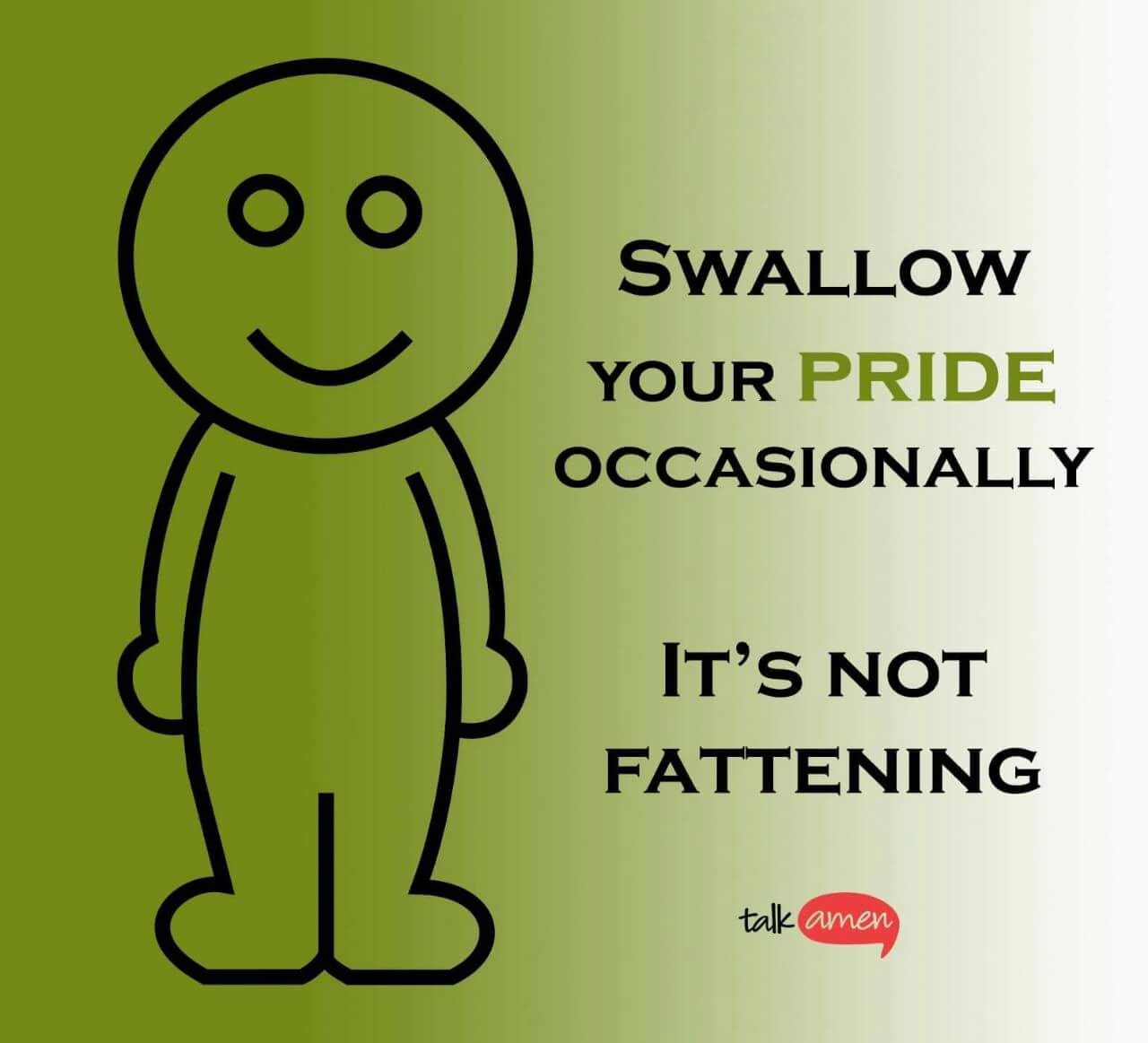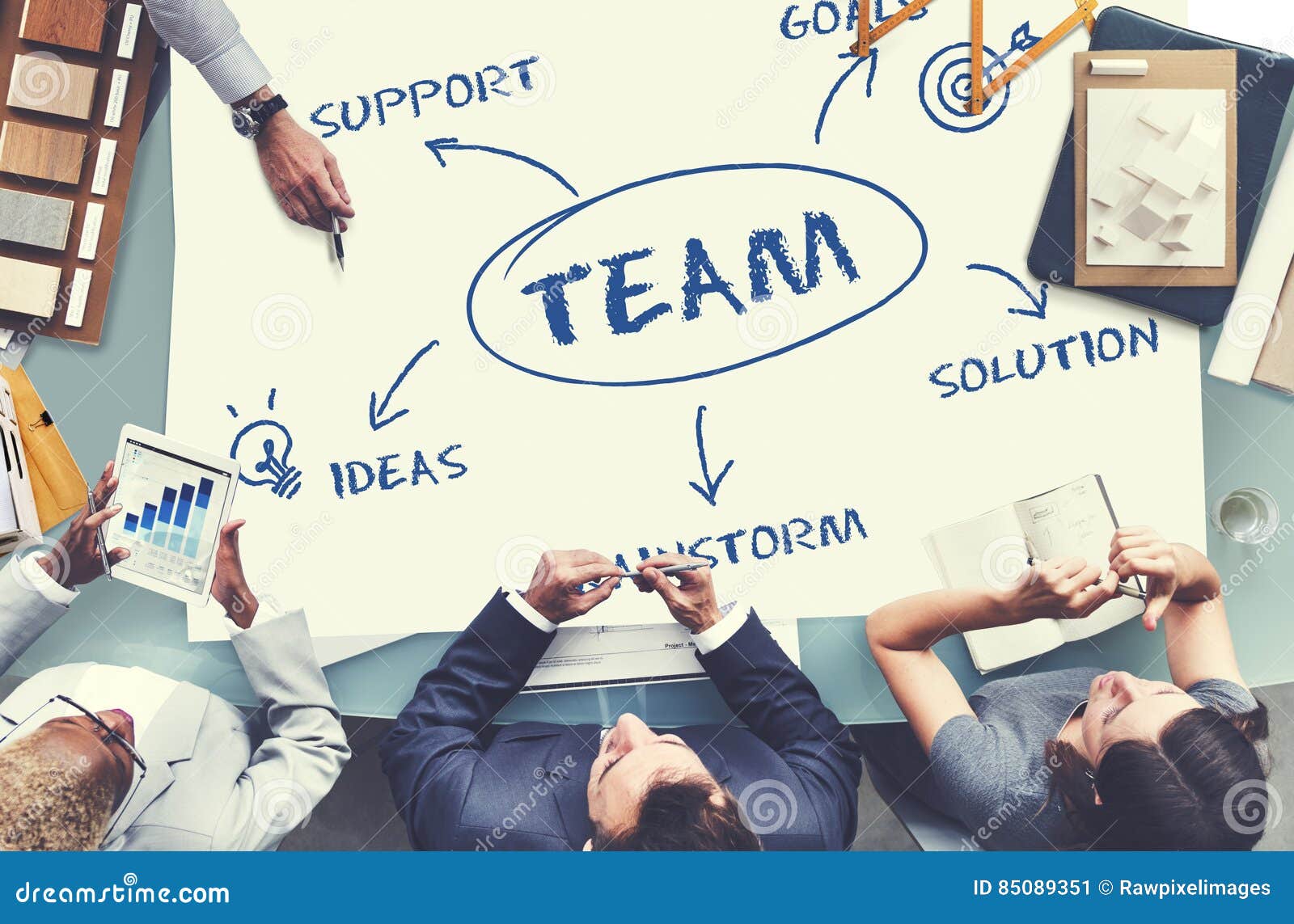Hello Pride… Yes you…I see you… 
This is an area I need to work on. I am a team player. I will help whenever, where ever someone needs me BUT when I need help I tend to just suffer on my own. I cannot be seen as someone who does not have the answer, well that, that is just embarrassing. Hello and insert pride. It isn’t always pride sometimes I think people just assume because I “appear” to have it together and that I have my inclusive ed certificate that I can just handle all things on my own. I have been told, “you know what you are doing, you don’t need me, you got this cased, etc” but in reality I just keep swimming, trying so hard just to keep my head above the water while ensuring no student drowns in the process.
Yes I have a skill set, yes I worked with some incredibly diverse students for half of my career but that does not mean I always have the answers or I can always
handle things on my own without support. This year I for the first time in a long time have reached out and said I cannot do this alone, this child needs more than I can provide. This is where I really appreciated Craig (2016), implementation of the tier system and suggestions for what should occur at each level of intervention.
Tiered System of Support for Trauma Sensitive Classrooms and Schools (cause this goes further than just the classroom)
Lets begin with a definition so that I can understand what each level is and is not according to Craig (2016).
Tier 1- Is universal, usually is based around best practices around instruction at children’s level, positive behavior support, and following what is deemed developmentally appropriate instruction and language.

Tier 2- Usually still provided within the classroom and typically occurs in small groups. These groups are usually lead by a teacher or educational assistant. The groups are skills based and can include areas such as stress management and social skill teaching.
Tier 3- Happens outside of the classroom by an educational specialist not an educational assistant, someone like our Student Support Services Teacher, Wellness Coach, or psychologist. The ratio is usually 1:1 and the intervention should occur daily for a short amount of time. This level should be activated for when a child or children is going through an emotional crisis.
** Children should be able to move throughout the tier levels as their circumstances change or they become better at regulating their behaviors and emotions.
Tier 1 Interventions: The goal is to provide, “self awareness, self management, social awareness, relationship skills, and responsible problem solving” (Craig S. 2016, p. 68). This will come from direct instruction in those areas.
- teacher physical proximity (that is non threatening)
- redirecting attention away from frustration task to a more preferred task (giving ample time to switch)- this is one that I struggle with personally because I think “what if I do this and then I reinforce the behavior”
- set personal goals at beginning of task and at the end have them assess their progress
Tier 2 Interventions: The interventions at this level are “designed to reduce children’s level of arousal to pre-trauma levels of cognitive processing, executive functioning, behaviour and performance…interventions that soothe the limbic or emotional area of the brain, while restoring children’s ability to participate in bonding relationships with adult” (Craig S. 2016, p. 68).
- occur in small group
- music and movement are helpful
- predictable routines and stress soothing techniques of self regulation
- deep breathing (ex. birthday candles)
- yoga
- use playfulness as a way to engage and teach
- role playing
- teach social skills
- teach empathy and acceptance
- conflict resolution
Tier 3 Interventions: This stage is used when children need support in the initial control of their emotions. This will would be a more intense intervention that requires more frequency and duration in support that occurs outside of the classroom teacher. The classroom teacher in this intervention is usually only collaboration in nature.
- short, repetitive, predictable interactions (p. 70).
- rhythmic movement
- drumming
- sustained eye contact
- sensory integration
- cognitive behavioral therapy
- occupational therapist
- music therapist
- school psychologists
- social workers